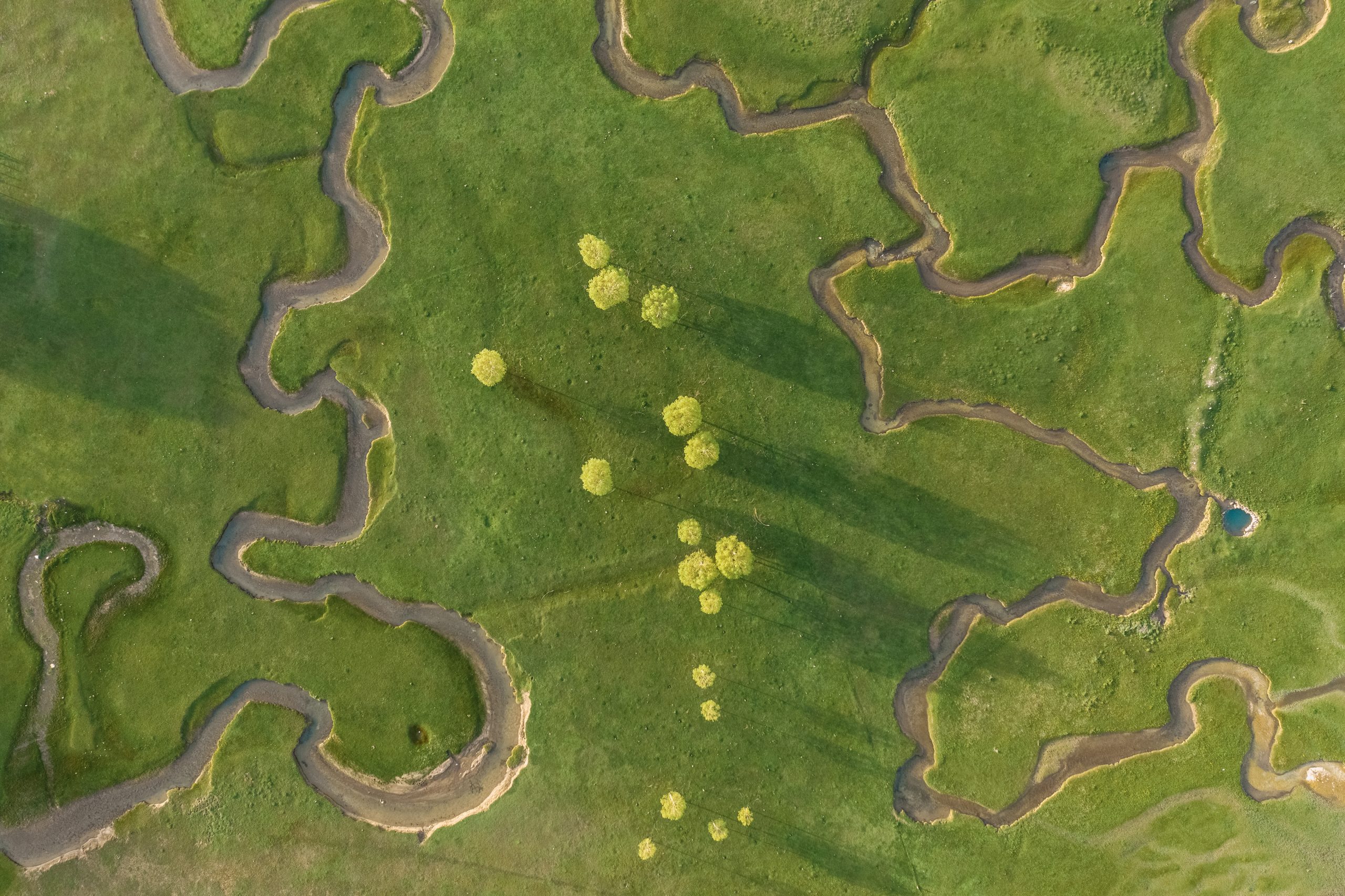Synopsis
Earth-moving is the costliest, most carbon-intensive stage in course building, yet it remains the arena where sustainable innovation pays the biggest dividends. When a golf architecture & construction firm partners early with a seasoned golf consultant architect, cut-and-fill volumes can be balanced to within centimetres, saving diesel, time and topsoil integrity. Data-driven golf design companies feed lidar and soil-chemistry layers into mass-haul software, allowing the golf design architect to reroute corridors so strategic landforms are sculpted, not imported. A top golf consultant audits haul-road kilometres and moisture-loss projections, ensuring budgets and carbon metrics align. Meanwhile, an on-site golf architect monitors shaping to keep ridgelines true to digital models, preventing costly re-work. Together these disciplines turn earthworks into a circular exercise: native sand rehabs bunkers, uprooted turf caps tees, and every cubic metre finds a purpose. The outcome is a precisely graded canvas where strategy, aesthetics and environmental stewardship converge—achieved without a single wasted truckload.
Table Of Content
- Mapping the Ground Truth before the First Cut
- Mass-Haul Modelling for Carbon and Cash Savings
- Native Material Re-Use: Sand, Soil and Vegetation
- Digital Control: GPS Blades and Live Grade Checks
- Hydrology, Compaction and Root-Zone Health
- Phasing Earthworks around Community Impact
- NWD Golf’s Zero-Waste Earthworks Framework
- Service Chain Safeguarding Long-Term Value
Mapping the Ground Truth before the First Cut
Precision sustainability begins with knowledge. A qualified golf consultant architect commissions lidar scans at 10-centimetre resolution, overlaying them with geo-tech cores that reveal plasticity indexes and water tables. Those inputs flow to the BIM suite of a collaborative golf architecture & construction firm, where virtual corridors are tilted to maximise natural drainage and minimise spoil. Early dialogue with innovative golf design companies highlights archaeologically sensitive knolls and micro-wetlands worth preserving. The golf design architect then pins tee stakes along those protected edges, converting constraints into strategic intrigue. This evidence-based planning prevents surprise rock strata and hidden peat pockets—early intelligence that keeps earthworks lean and budget confidence high.
Mass-Haul Modelling for Carbon and Cash Savings
Cut-fill equilibrium is more than an accounting trick; it is an environmental imperative. The partnered golf architecture & construction firm feeds topographic data into mass-haul software that maps optimal spoil routes and berm locations. A top golf consultant reviews outputs for haul-road gradient, fuel burn and tyre wear, flagging any loop that pushes carbon beyond benchmark. Where voids remain, the golf design architect shifts green pads closer to borrow pits, shaving kilometres off truck runs. Continuous iteration between design and consultancy ensures each haul plan stays agile, responding to rainfall, borrow quality and evolving routing without ballooning emissions.
Native Material Re-Use: Sand, Soil and Vegetation
Exporting debris while importing bunker sand wastes money and ecological capital. Instead, the golf consultant architect samples native sand lenses, testing particle size and silica content for bunker viability. The golf architect then tweaks bunker depth so local sand flashes correctly without contaminating root zones. Organic topsoil stripped from fairways caps tees, preserving microbial richness. Felled pines are milled on site, becoming drainage trench boards and range-tee edging—a practice refined by forward-thinking golf design companies. These tactics close material loops, lowering haulage costs and lending the finished course an authenticity only local textures can provide.
Digital Control: GPS Blades and Live Grade Checks
Accuracy translates directly to sustainability; every centimetre over-cut equals wasted diesel and delayed grow-in. Field crews under the golf architecture & construction firm equip dozers with dual-mast GPS blades linked to cloud-hosted design files. Live grade checks by the on-site golf architect verify sub-grade accuracy before liners or sand-caps are placed. If tolerances slip, real-time corrections prevent cumulative error. The golf design architect also walks shaped features, adjusting subtle breaks that software misses, ensuring strategy breathes through the technical precision. Frequent drone scans feed progress models to the top golf consultant, who monitors earthwork budget burn against carbon targets.
Hydrology, Compaction and Root-Zone Health
Moving dirt responsibly extends to water and soil biology. Compaction can strangle percolation, so the golf consultant architect prescribes metre-deep ripping in trafficked haul lanes before final topdressing. Drainage trenches, set by the golf design architect, follow buried gravel veins, channelling flow naturally rather than forcing artificial pipe routes. Soil pH is balanced with site-sourced limestone screenings, eliminating long-distance amendments. Such holistic coordination among golf design companies ensures that fairways drain fast, tees accept seed quickly and greens establish deep roots—proof that earthworks success is measured months after dozers depart.
Phasing Earthworks around Community Impact
Large sites near residences must juggle trucking curfews, dust suppression and school-hour traffic. Here, the golf architecture & construction firm sequences cut zones so haul roads run interior first, creating earth berm buffers before exterior corridors open. Noise maps vetted by a top golf consultant guide fleet scheduling, limiting engine start-ups before dawn. A proactive golf architect designs temporary vegetative screens from transplanted saplings, softening vistas long before final landscaping. Such courtesy builds goodwill, keeping planning boards supportive and project timelines intact.
NWD Golf’s Zero-Waste Earthworks Framework
NWD Golf treats earth as both canvas and capital. Interdisciplinary teams—shapers, hydrologists, sustainability analysts—collaborate inside one studio, allowing instant feedback between the golf design architect and carbon-tracking dashboards. By housing a full-service golf architecture & construction firm, we eliminate hand-off silos where mis-reads and over-cuts occur. Integrated workflows mean every truckload is planned, tracked and repurposed, fulfilling our commitment to environmental responsibility without sacrificing strategic ambition.
Service Chain Safeguarding Long-Term Value
Our engagement continuum begins with feasibility audits led by a top golf consultant, progresses through site analysis that quantifies material re-use potential, and advances into schematic routing optimised by the golf consultant architect. Design development embeds GPS files for field use, and construction supervision by the resident golf architect guarantees tolerance compliance. Post-handover, soil-health monitoring and carbon reporting close the loop, validating that zero-waste goals persist into operational years.
How does a golf architecture & construction firm reduce earth-moving waste?
The firm integrates lidar data, soil testing and mass-haul software to achieve cut-fill balance. GPS-guided machinery executes grades accurately on the first pass, minimising rework. Native sand and soil are reused on site, while vegetation is transplanted or mulched, ensuring nearly every material remains within project boundaries.
Why involve a golf consultant architect during pre-construction?
A golf consultant architect validates routing efficiency, drainage feasibility and regulatory compliance before excavation. Their early input prevents design choices that could inflate haul distances or exceed environmental limits, saving both capital and carbon.
How do golf design companies manage live grade accuracy?
Design companies supply cloud-based terrain models linked to dozer GPS units. Frequent drone surveys overlay as-built contours onto design files, flagging discrepancies in real time. This feedback loop keeps shaping precise and prevents accumulation of small errors into costly fixes.
What carbon benefits arise from zero-waste earthworks?
Balanced haul plans reduce diesel consumption, truck traffic and embodied energy in imported materials. Native sand for bunkers eliminates quarry transport, while on-site topsoil reuse cuts fertiliser demand. Collectively, these measures can slash construction emissions by more than thirty per cent compared with traditional approaches.
How does a golf design architect ensure strategy survives earth-moving constraints?
The architect overlays strategic sight lines onto mass-haul diagrams, adjusting tee elevations and bunker depths to maintain shot values even when cut-fill targets shift. Field walks during shaping refine micro-contours, ensuring the finished ground still challenges decision-making and rewards precision.
Vijit Nandrajog holds a master’s degree in Golf Architecture from Scotland and has led design solutions across Asia, Africa, and the Middle East for nearly two decades. Known for aligning environmental stewardship with real-estate value, he serves on multiple regional golf boards and contributes regularly to industry journals. At NWD Golf, Vijit guides integrated land-planning strategies that harmonise community growth and compelling play.
- Vijit Nandrajoghttps://nwdgolf.com/blogs/author/vijit-nandrajog/
- Vijit Nandrajoghttps://nwdgolf.com/blogs/author/vijit-nandrajog/
- Vijit Nandrajoghttps://nwdgolf.com/blogs/author/vijit-nandrajog/
- Vijit Nandrajoghttps://nwdgolf.com/blogs/author/vijit-nandrajog/


